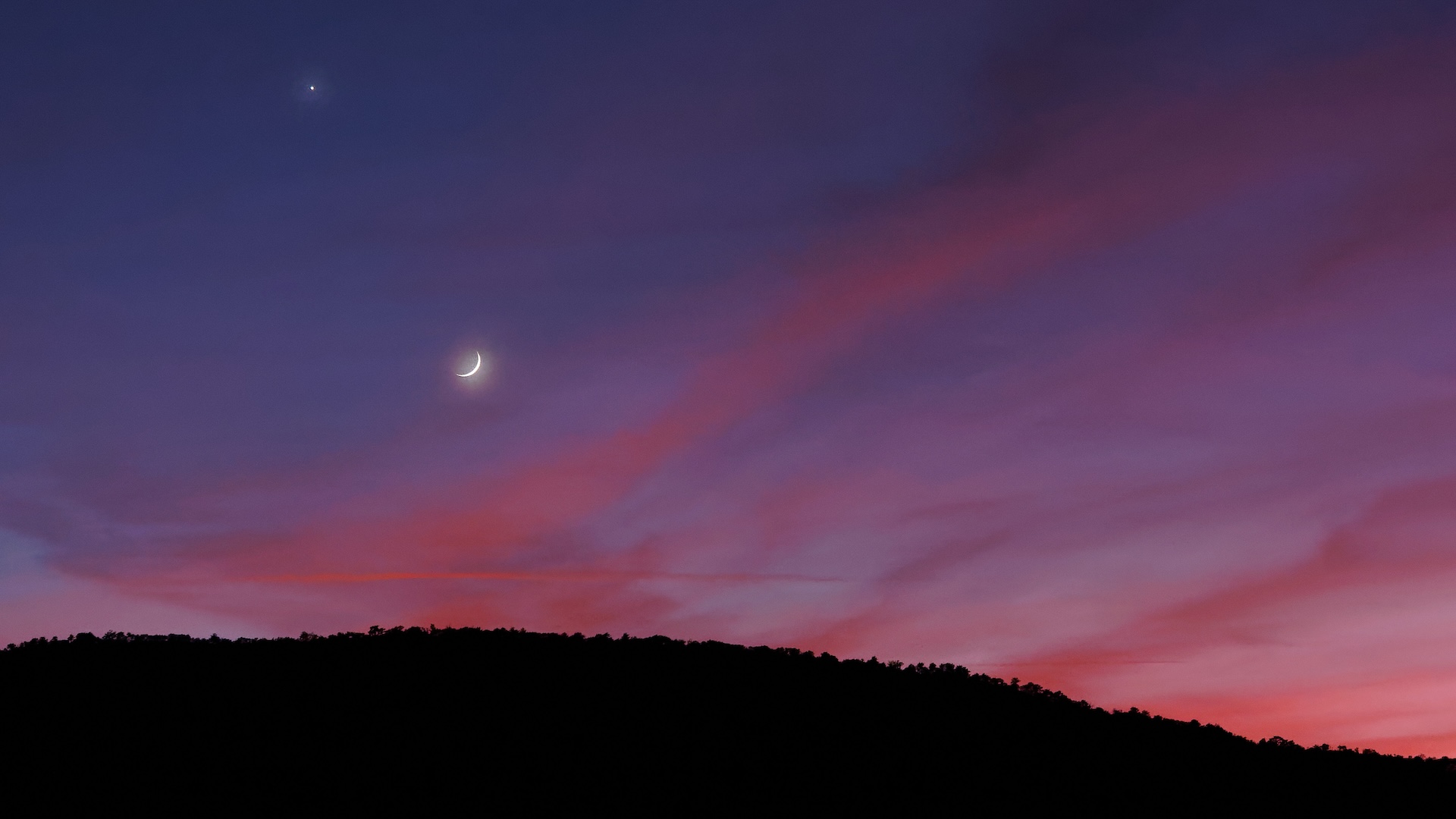
Moon, Mars, and meteors: Why July 28 is the best night for skywatching all summer
How did your country report this? Share your view in the comments.
Diverging Reports Breakdown
Moon, Mars, and meteors: Why July 28 is the best night for skywatching all summer
A crescent moon and Mars will be close by in the night sky on July 28. The moon will show Earthshine, a ghostly illumination of its night side. The peak of the Piscis Austrinid meteor shower will be in the early hours of July 28, when up to five meteors per hour will be visible under dark, clear skies. The Perseids — the year’s most prolific meteor shower — are arguably best viewed in late July because its peak night, Aug. 12-13, will be marred by a bright moon.
A beautiful crescent moon will appear close to Mars after dark on Monday, July 28. The dancing duo will make their debut about 45 minutes after sunset and will be visible from across the world — just as several meteor showers approach their peaks.
The conjunction between the 19%-illuminated waxing crescent moon and the Red Planet will take place above due west, making it visible to most people, although a park or open field will provide a better view. The gap between the moon and Mars will be about 1 degree — roughly the width of your little finger held at arm’s length.
Mars is well past its brightest point this year, but it remains a distinct, reddish dot in the twilight sky. The moon, meanwhile, will show Earthshine, a ghostly illumination of its night side caused by sunlight reflecting off Earth.
The spectacular sight of two of the brightest objects in the solar system alongside each other will come as meteor showers are beginning to dominate the sky. The peak of the Piscis Austrinid meteor shower will be in the early hours of July 28, when up to five meteors per hour will be visible under dark, clear skies. That makes it a minor affair, but it’s just one of four meteor showers approaching their peak.
Overnight on July 29-30 will be the peak of the Delta Aquariid and Alpha Capricornid meteor showers . While the former’s peak is known to be broad, up to 20 shooting stars per hour are possible. The latter adds another five per hour.
As a bonus, the crescent moon — together with Mars — will set a couple of hours after sunset, leaving the night skies dark and free of moonlight.
As if that weren’t enough, the Perseids — the year’s most prolific meteor shower — are arguably best viewed in late July. That’s because its peak night, Aug. 12-13, will be marred by a bright moon. August’s full Sturgeon Moon occurs on Saturday, Aug. 9, and on the peak night, an 84%-illuminated moon will shine brightly all night, making faint meteors hard to see.
Sign up for the Live Science daily newsletter now Get the world’s most fascinating discoveries delivered straight to your inbox. Contact me with news and offers from other Future brands Receive email from us on behalf of our trusted partners or sponsors
